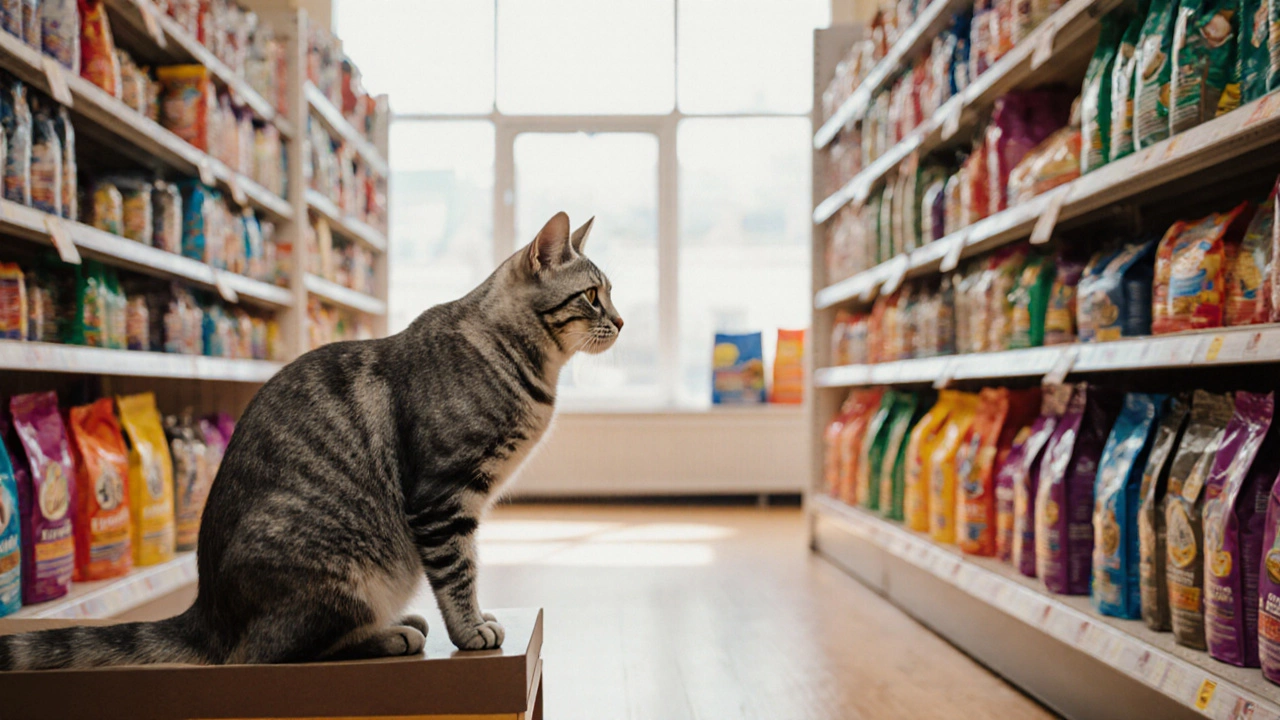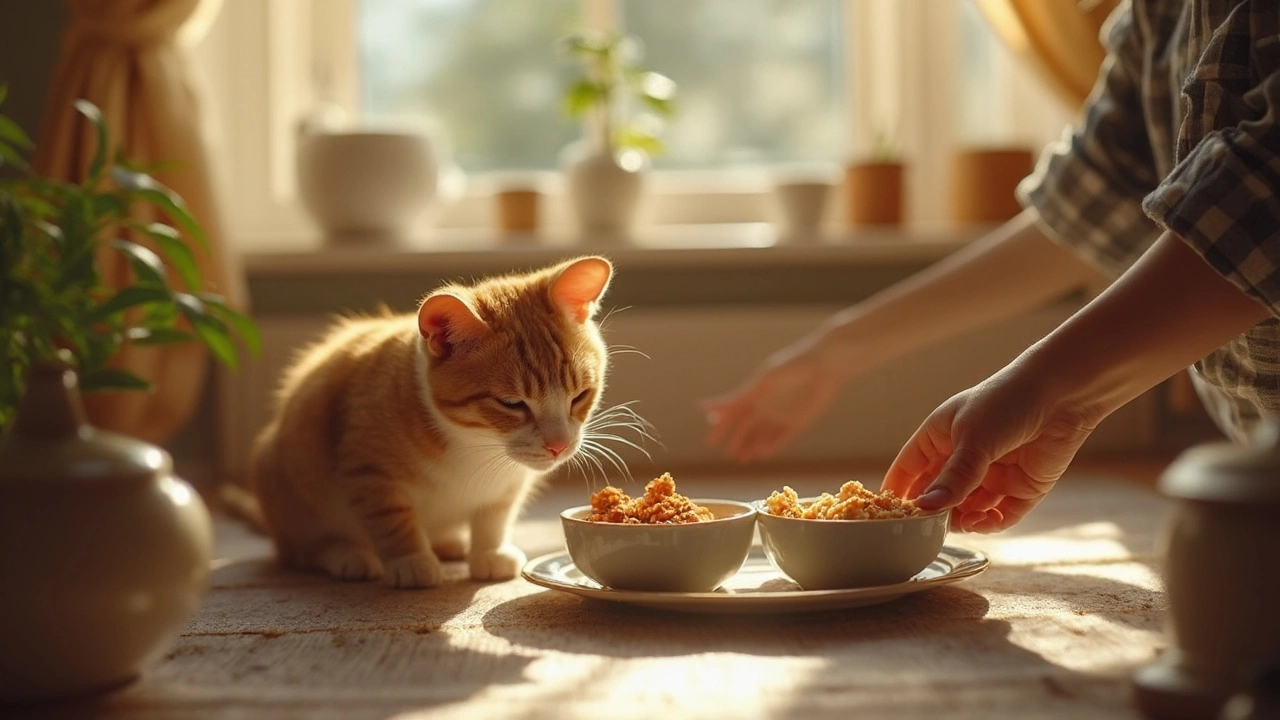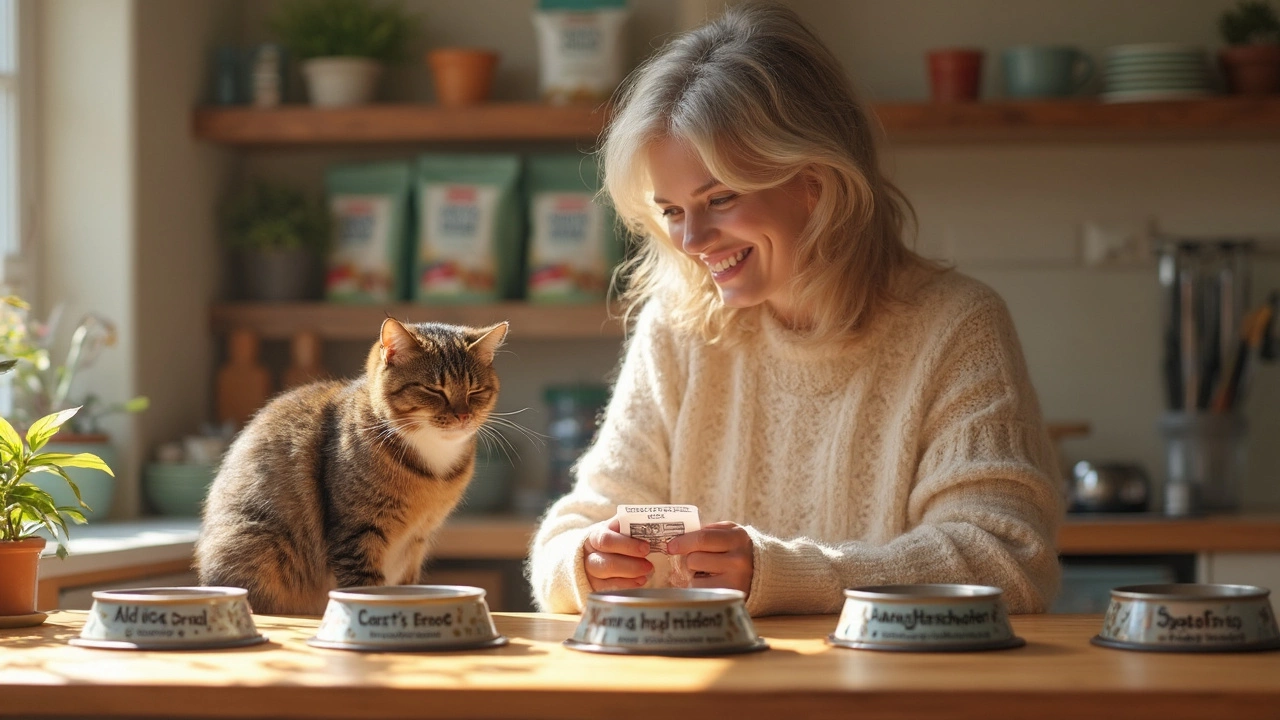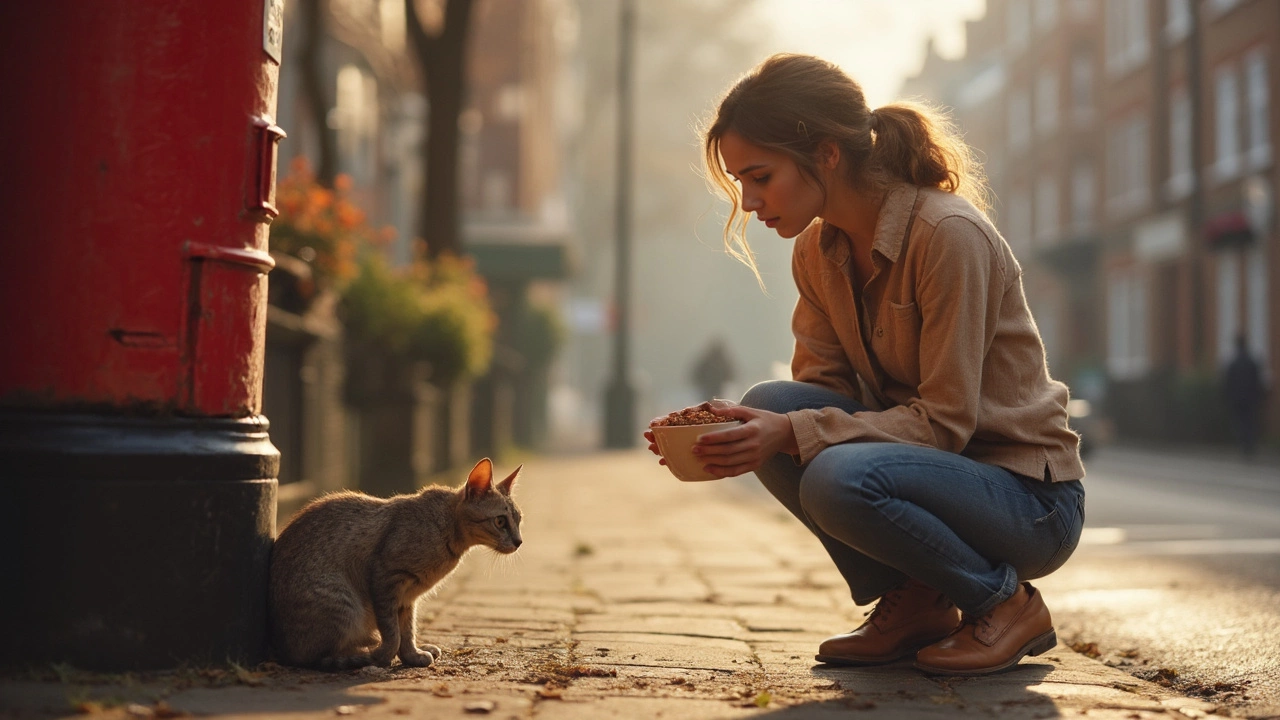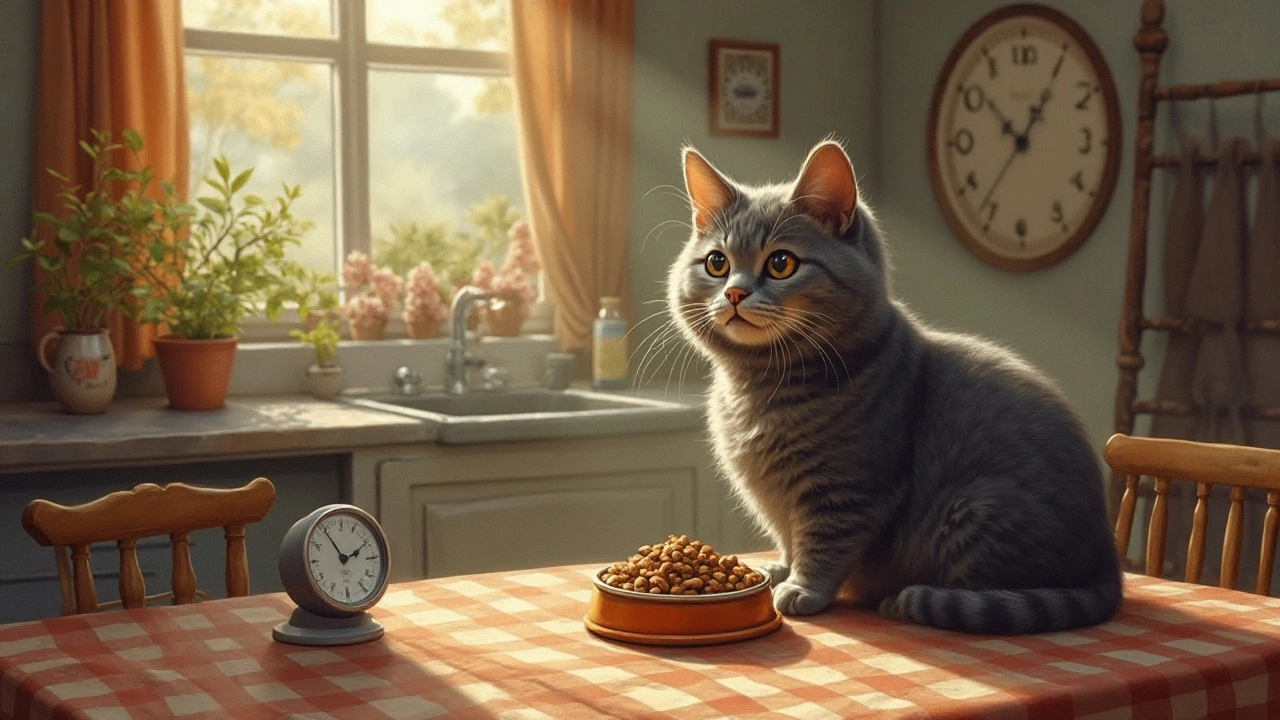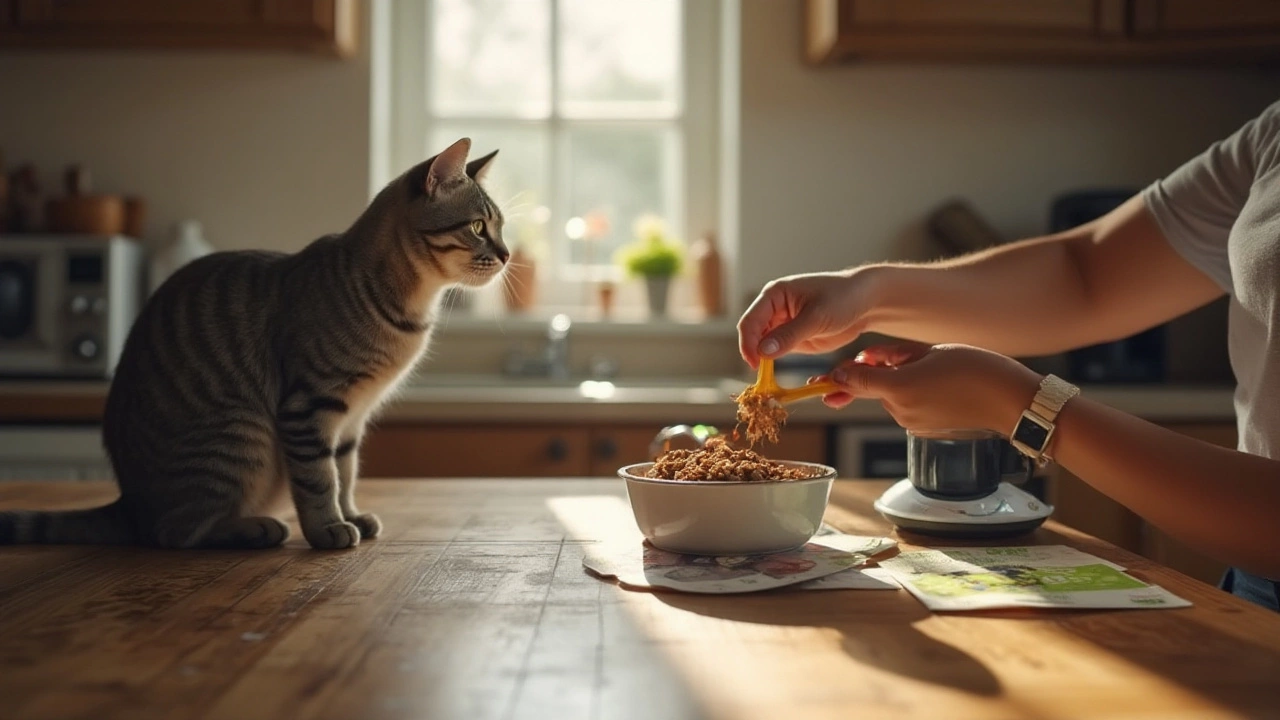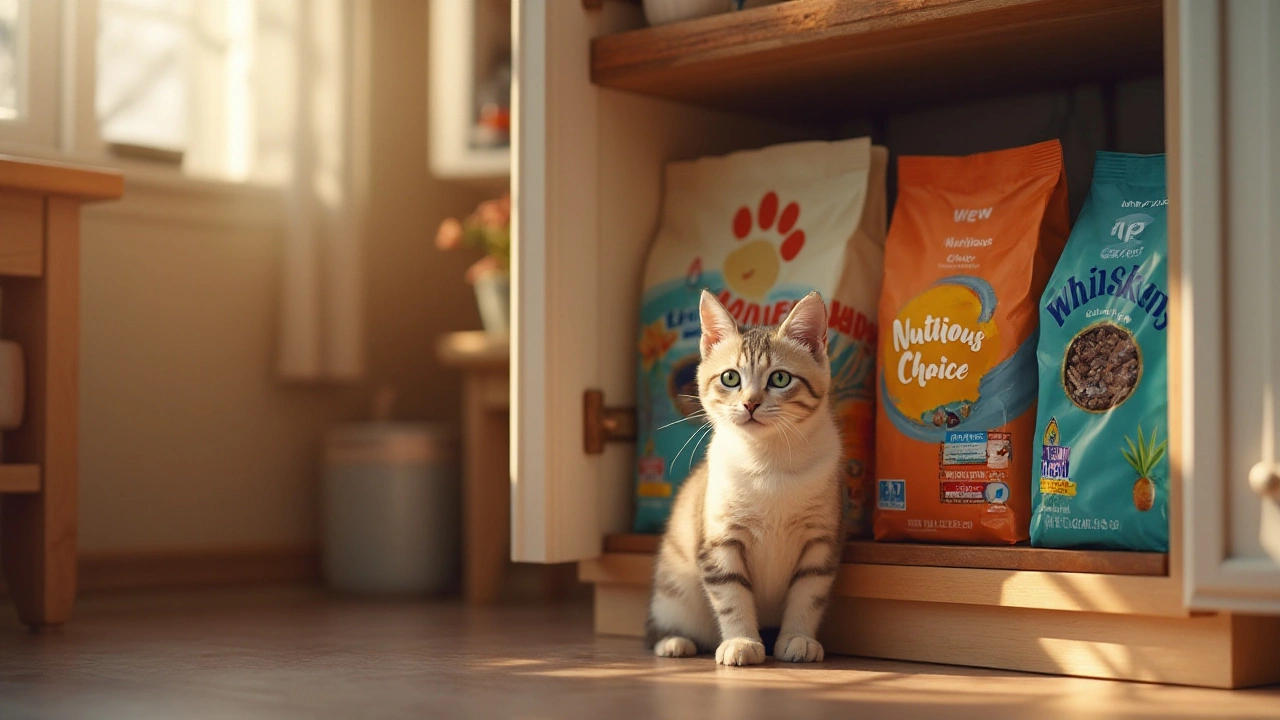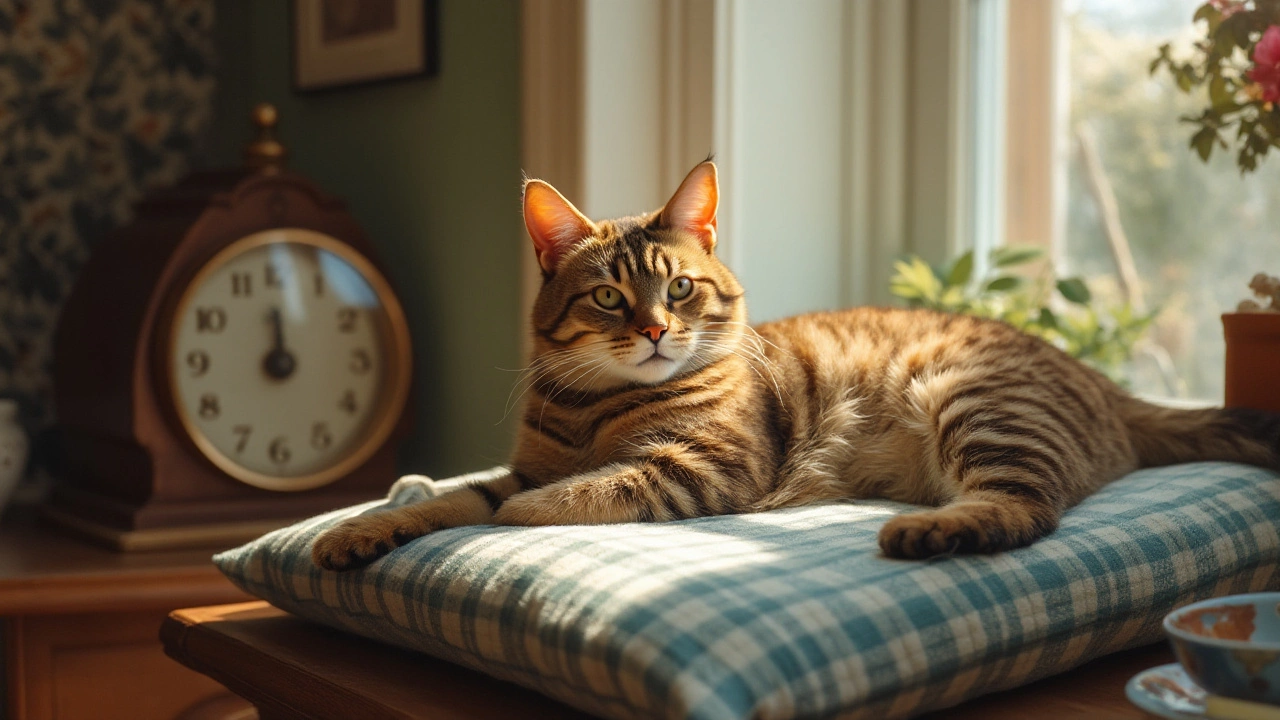Cat Food Guide: What Every Cat Owner Should Know
Finding the right food for your cat can feel like a maze of bags, cans, and ads. The good news? You don’t need a degree in nutrition to pick a solid diet. Below you’ll get straight‑forward advice on reading labels, balancing wet and dry, and avoiding common mistakes.
Choosing the Right Cat Food
First thing to check is the protein source. Real meat or fish should be the first ingredient. If you see “meat meal” or “by‑product” near the top, think twice – those are often lower‑quality fillers. Look for foods that list chicken, turkey, or salmon as #1.
Second, watch the carbohydrate load. Cats are obligate carnivores, so they don’t need a lot of grains or potatoes. A good dry kibble will have less than 30% carbs. If the list reads “corn, wheat, rice” before the meat, the formula probably leans too much on filler.
Third, consider your cat’s life stage. Kitten formulas are richer in calories and DHA for brain growth. Adult recipes keep calories steady, while senior blends add joint‑support nutrients like glucosamine. Matching the food to age helps maintain ideal weight.
Lastly, think about any specific health concerns. If your cat has a sensitive stomach, a limited‑ingredient line can reduce upset. For urinary health, look for foods with appropriate moisture levels and added magnesium control.
Feeding Tips for Wet and Dry Options
Wet food scores high on moisture, which is great for hydration. A typical canned serving gives about 70‑80% water, helping prevent kidney issues. If you choose to leave wet food out, keep it no longer than two hours at room temperature – bacteria can grow fast.
Dry food is convenient and good for dental health, but it’s low on moisture. If you free‑feed dry kibble all day, your cat may overeat and gain weight. A better approach is to offer measured portions twice a day and remove any leftovers after 30 minutes.
Mixing wet and dry can give the best of both worlds. Try a small scoop of dry kibble with a spoonful of wet food at each meal. This keeps the diet interesting and lets you control calories. Just make sure the total calories match your cat’s activity level.
Portion sizes matter. A healthy 10‑lb cat usually needs about 180‑200 calories per day. Check the label for kcal per cup (dry) or per can (wet) and calculate the right amount. If you’re unsure, start with the recommended serving and adjust based on your cat’s weight and energy.
Remember to transition slowly when switching foods. Mix 75% old food with 25% new for a few days, then shift to 50/50, and finish with full new food. This reduces the chance of tummy upset.
Bottom line: pick a high‑protein, low‑carb food, match it to your cat’s age and health, and feed the right amount at regular times. With those basics covered, your feline will stay satisfied, hydrated, and healthy for years to come.


